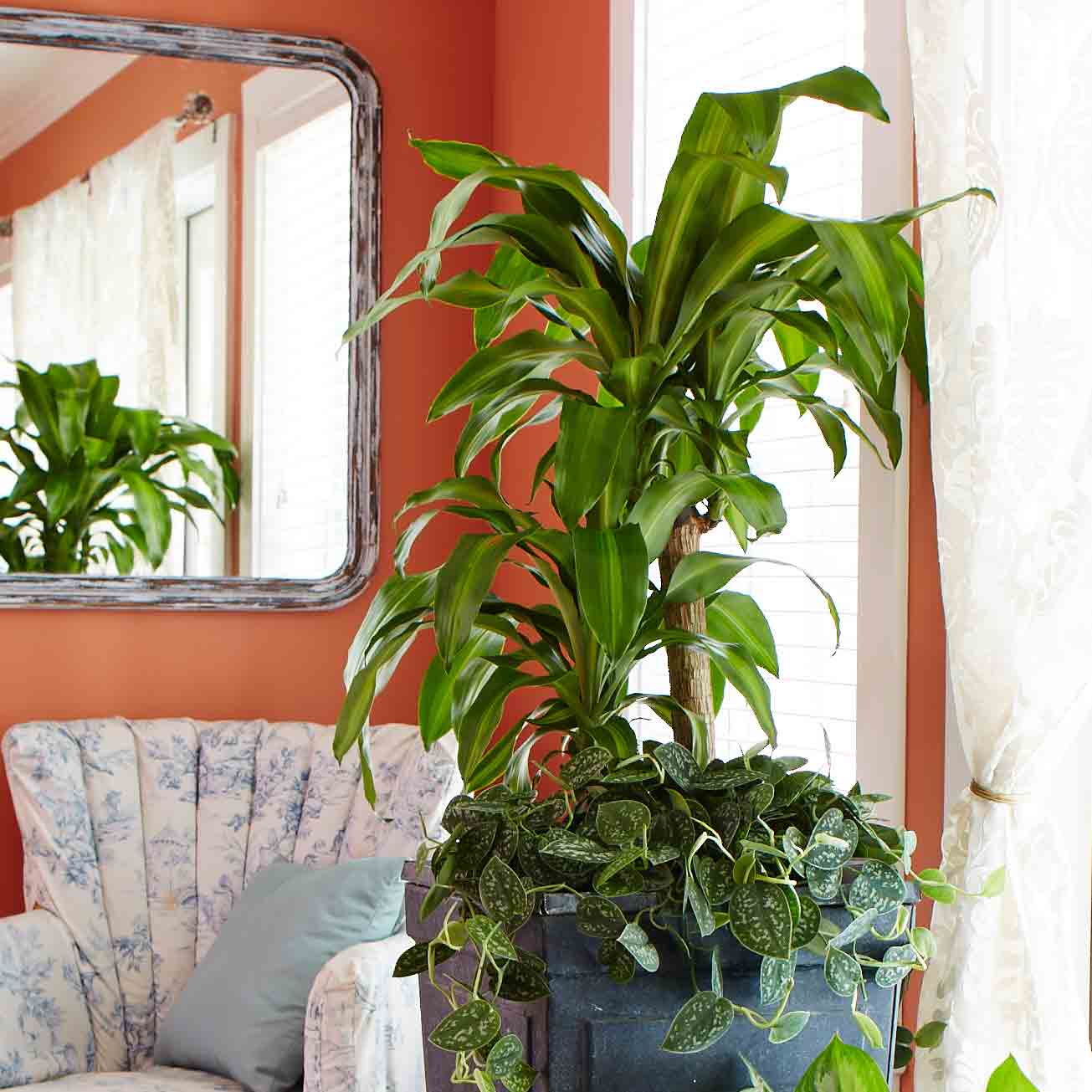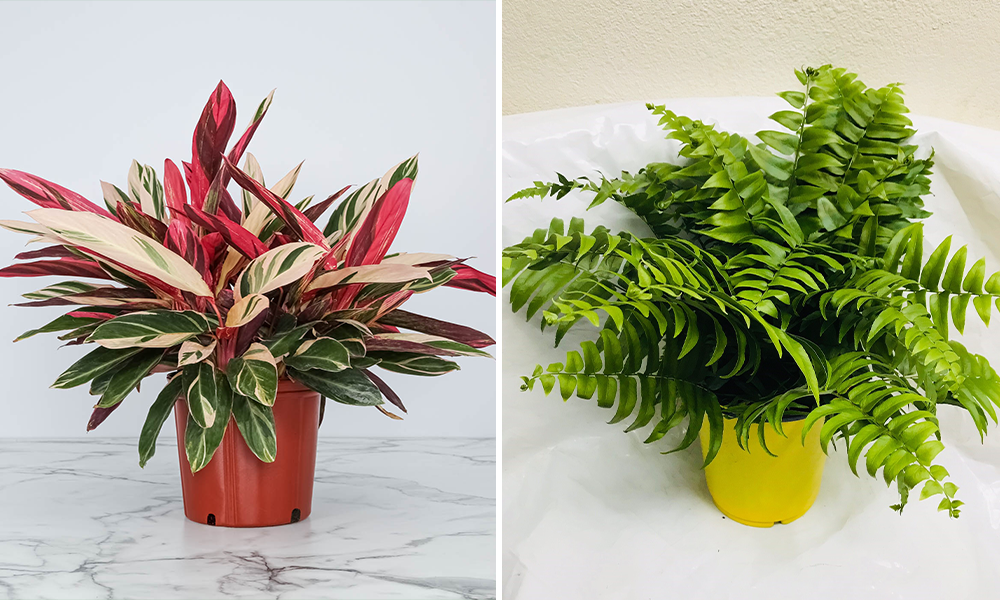Transform Your Living Space with the Best Low-Light Indoor Plants
Transform Your Living Space with the Best Low-Light Indoor Plants
Blog Article
Transform Your Home With Beautiful Low-Light Indoor Plants and Their Advantages
Integrating low-light interior plants into your home can dramatically improve both the ecological and visual high quality of your space. These plants, which thrive in dark conditions, serve not just as decorative aspects yet likewise as all-natural air cleansers, making them perfect for metropolitan occupants or those with limited sunlight direct exposure. As we explore the various kinds of low-light plants and their advantages, you might discover unusual ways to integrate them into your home that can change your environments in ways you may not have actually prepared for.
Advantages of Low-Light Plants
Low-light plants provide many benefits for interior environments, making them an outstanding option for both amateur and experienced gardeners. One of the main advantages is their flexibility to low-light problems, permitting people to enhance their home without the requirement for substantial sunshine direct exposure. This particular makes them ideal for houses, offices, and other areas with limited natural light.

Moreover, incorporating low-light plants into home decoration can raise the visual charm of an area. Their lavish vegetation and differed structures produce a soothing environment, adding to general wellness. The existence of greenery has been linked to reduced stress and anxiety degrees and boosted performance, making low-light plants a sensible option for enhancing both physical and psychological health and wellness in indoor settings.
Leading Low-Light Indoor Plants
While many interior plants thrive in intense light, a number of varieties are especially well-suited for low-light problems, making them optimal for various interior spaces. One preferred choice is the Serpent Plant (Sansevieria), understood for its striking upright fallen leaves and resilience, requiring minimal treatment. One more excellent alternative is the Pothos (Epipremnum aureum), which features heart-shaped fallen leaves and can trail beautifully from hangers or racks, prospering in low light and adding a lavish touch.
The ZZ Plant (Zamioculcas zamiifolia) is commemorated for its glossy leaves and capacity to hold up against neglect, making it best for active way of livings. Likewise, the Peace Lily (Spathiphyllum) not just tolerates low light yet also creates magnificent white blooms, improving any kind of room's aesthetic.
For a distinct touch, take into consideration the Cast Iron Plant (Aspidistra elatior), which indeed lives up to its name, flourishing in the darkest edges of your home. The Chinese Evergreen (Aglaonema) supplies a selection of fallen leave patterns and colors while being exceptionally forgiving in low-light conditions. These plants not only enhance interior atmospheres yet additionally add to air filtration, enhancing your living space.
Care Tips for Low-Light Plants

Watering techniques are important; these plants typically choose a little completely dry problems. Overwatering click to read more can bring about root rot, so ensure that the leading inch of soil is completely dry prior to watering once more. Usage pots with water drainage openings to allow excess moisture to get away.
Moisture is an additional vital factor. Numerous low-light plants, such as ferns and peace lilies, take advantage of greater moisture degrees. To raise moisture, consider misting the leaves or placing a tray of water near the plants.
Fertilization should be approached with caution. During the growing season, use a watered down, balanced liquid fertilizer monthly to support growth, but avoid fertilizing throughout the inactive wintertime months.

Innovative Ways to Present Plants
Indoor plants can act as exciting prime focus in any kind of room, boosting both visual allure and ambiance. Innovative display screens can elevate the visual effect of low-light plants, making them an indispensable part of your home design. One reliable approach is to use tiered plant stands, which allow you to showcase several plants at differing heights while taking full advantage of flooring room.
Hanging planters are another innovative choice, producing a feeling of deepness and attracting the eye upwards. Take into consideration macramé hangers or wall-mounted shelves to introduce a distinct structure and style.
For a much more organized technique, usage geometric terrariums or glass containers to house your plants, including a modern-day touch to your interior yard. You can additionally repurpose classic things, such as teacups or wood pet crates, for a diverse display screen that mirrors your individuality.
Enhancing Home Setting With Plants
Incorporating low-light plants right into your home not just improves visual charm but also contributes considerably to the overall ambiance. These plants work as natural decor components, presenting a feeling of harmony that can transform any room. The presence of plant promotes a soothing environment, which is particularly advantageous in high-stress settings such as home workplaces or living rooms.
Low-light plants, such as snake plants, pothos, and ZZ plants, are not only aesthetically pleasing yet likewise enhance indoor air top quality by filtering system pollutants. This dual feature improves the ambiance further, developing a much healthier space (Best low-light indoor plants). The strategic positioning of these plants can likewise influence the assumption of area; for example, high plants can draw the eye upwards, making ceilings appear greater and spaces more spacious
In addition, varying textures and shades of foliage include depth to interior decoration, enabling imaginative expression in home styling. Whether positioned on shelves, in edges, or as focal points, low-light plants can elevate the state of mind of any space. In recap, incorporating these plants right into your home is an effective means to promote a cozy, inviting ambience while profiting of improved air high quality and aesthetic convenience.
Conclusion
Including low-light indoor plants into home settings provides countless benefits, including improved aesthetic charm and boosted air quality. These resistant plants, such as the Snake Plant and Peace Lily, need marginal light and maintenance, making them appropriate for varied lifestyles. Their ability to filter toxins adds to a healthier space, while their diverse appearances and colors enhance indoor style (Best low-light indoor plants). Ultimately, the addition of low-light plants promotes a calm and inviting ambiance, transforming site link any type of home right into a serene oasis.
While several interior plants thrive in bright light, several go to this site species are particularly appropriate for low-light conditions, making them optimal for different indoor areas. One efficient technique is to utilize tiered plant stands, which enable you to showcase multiple plants at varying heights while optimizing flooring area.
Low-light plants, such as snake plants, pothos, and ZZ plants, are not only aesthetically pleasing but also improve interior air top quality by filtering system pollutants. Best low-light indoor plants. The tactical placement of these plants can additionally affect the understanding of space; for instance, high plants can attract the eye up, making ceilings appear greater and areas a lot more roomy
These resilient plants, such as the Serpent Plant and Tranquility Lily, require minimal light and upkeep, making them appropriate for diverse way of livings.
Report this page